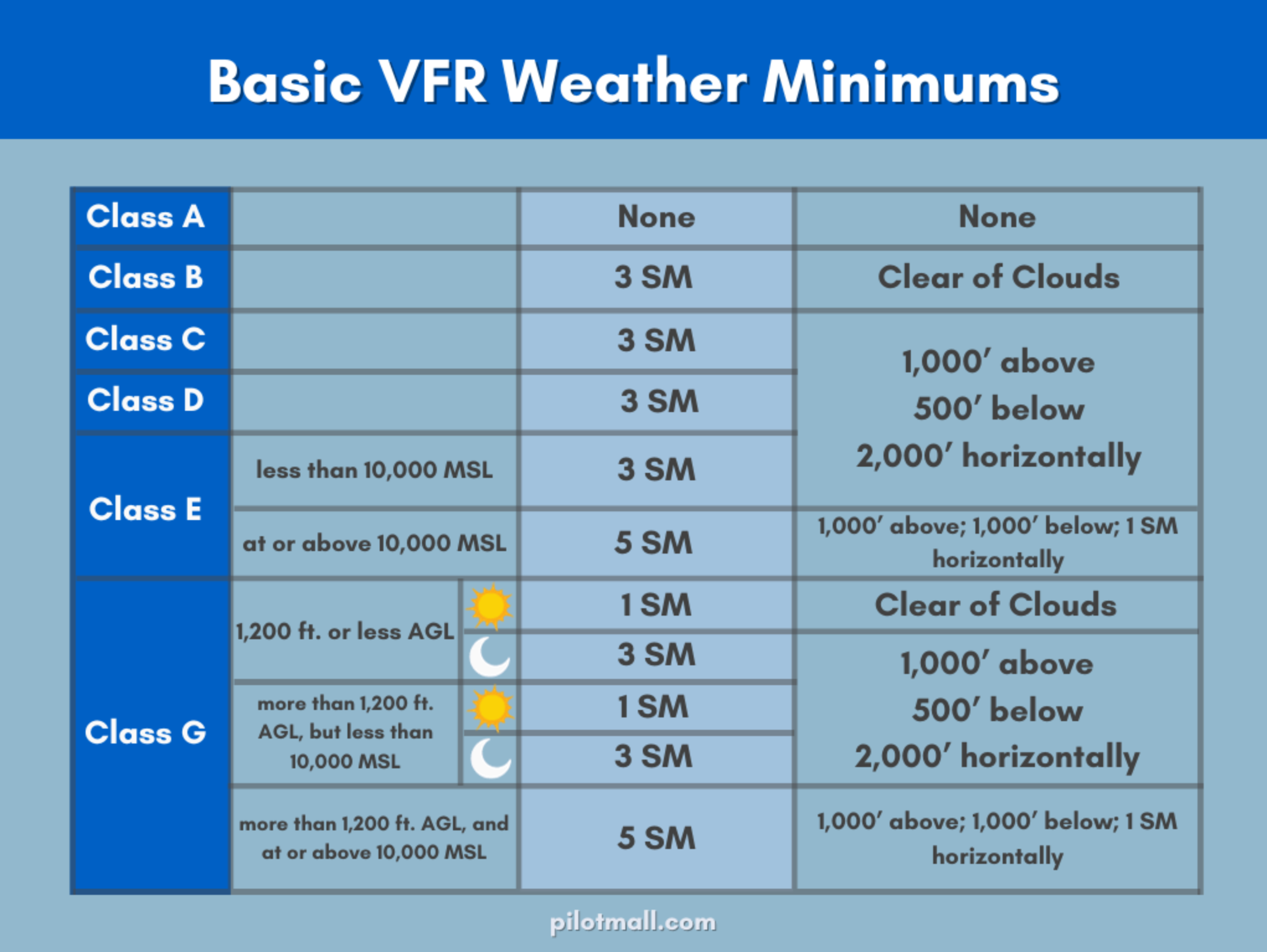Weather Minimums

Weather Minimums in aviation are the established limits of weather conditions that must be met or exceeded to allow safe flight operations, particularly under Visual Flight Rules (VFR) and during instrument approaches. These minimums, including visibility and cloud clearance, are critical for ensuring pilots have sufficient visibility and spatial orientation. The historical development of weather minimums reflects the evolution of aviation safety practices, moving from largely visual flight to the integration of instrument flight rules.
Historical Evolution
- Early Aviation (Pre–IFR)
Early aviation relied heavily on visual flight (VFR). Weather minimums were simple, focused on the ability to see the ground and avoid obstacles.
- Development of IFR (Instrument Flight Rules)
The need for all-weather operations led to the development of instrument flight rules (IFR). This required more precise weather minimums, focusing on visibility and cloud clearance.
- Refinement and Standardization
Over time, weather minimums have been refined and standardized by aviation authorities like the FAA (Federal Aviation Administration) in the US and the ICAO (International Civil Aviation Organization), with different regulations for various types of airspace and altitudes.
- Technological Advancements
Improvements in aviation technology, such as radar and electronic navigation systems, have also influenced the development of weather minimums, allowing for more complex approaches and takeoffs in adverse weather conditions.
Key Aspects of Modern Weather Minimums
- Visibility
The minimum visibility required for VFR and IFR operations varies by airspace and altitude.
- Cloud Clearance
Specific distances from clouds are required for VFR operations to ensure pilots have sufficient visibility to avoid other aircraft and terrain.
- Takeoff and Landing Minimums
Specific weather minimums are also established for takeoff and landing, considering factors like runway visibility and runway length.
- IFR Operations
IFR operations rely on instruments for navigation and flight control, requiring pilots to meet certain weather minimums for visibility and cloud clearance.
- Marginal Weather Conditions
Conditions between VFR and IFR are considered marginal, requiring pilots to make careful decisions based on their capabilities and experience.
